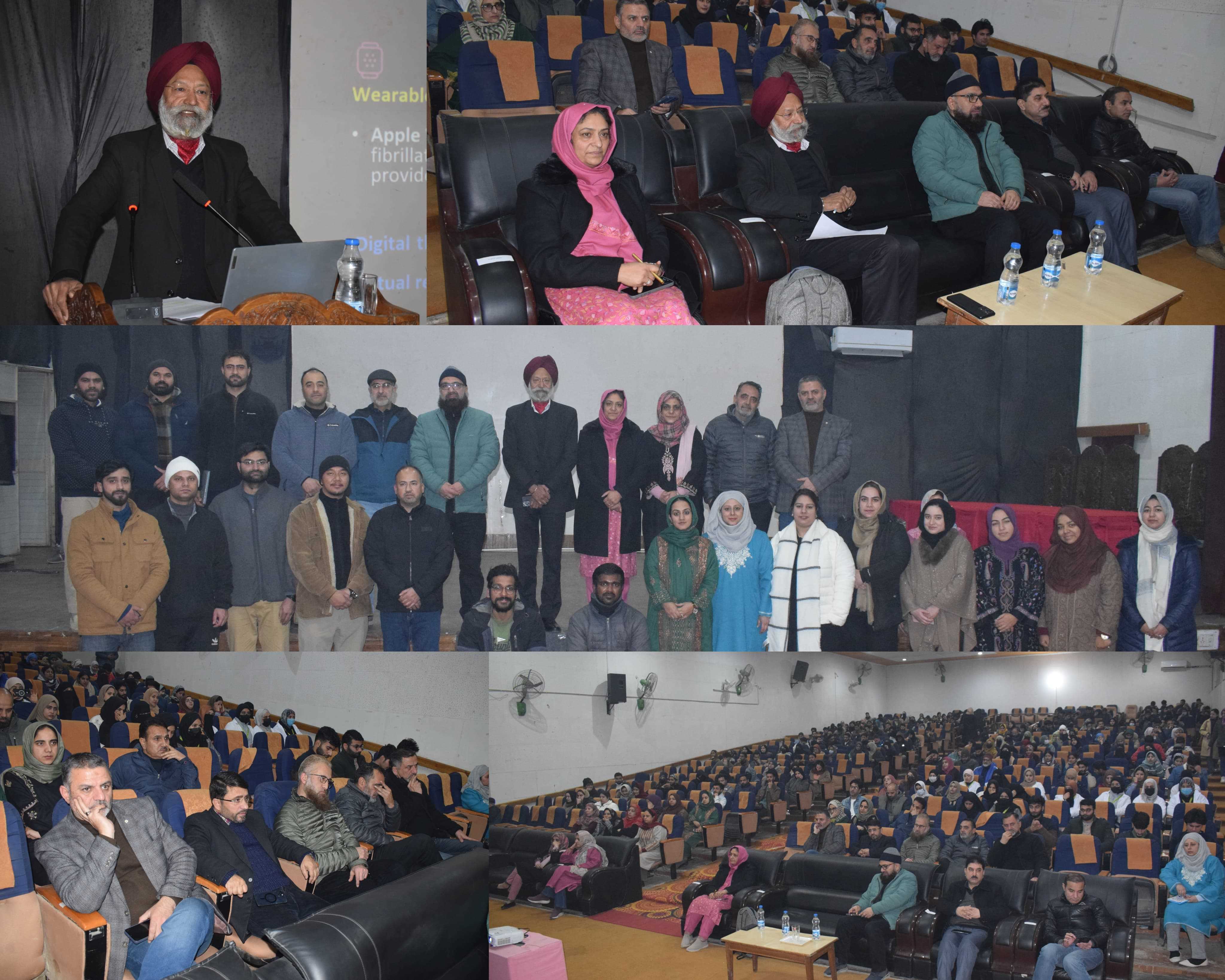This is Kashmir, once scarred by a history of violence and conflict, now in transition. As peace has slowly been returning along with normalcy, it brings hope to rebuild every aspect of life, especially education. Students and educators in this region suffered since decades with schools being interrupted, infrastructures damaged, and academic progress curtailed.
As Kashmir marches ahead, it is high time for upgrading the framework of education with a focus on quality learning as well as its equitable access for everyone so that a bright and prosperous future is established. During the years of conflict, schools in Kashmir were often closed for weeks on end, which left students with big gaps in learning. While these disconnections can never be reversed, the integration and filling of these gaps of learning and understanding should currently be done with innovation. In this regard, electronic learning platforms can be transformative in offering quality education opportunities across different boundaries of location for students. Toward that end, the government has to identify its efforts in improving internet connectivity in rural and urban stations.
Initiatives like Egypt's "Knowledge Bank," providing free online resources for students and teachers, can be used as an excellent model for Kashmir. The period of unrest also left psychological scars on students as well as educators, making it tough for them to focus and excel. The region is healing, but one thing it needs desperately is mental health support in schools. Counselling services and trained mental health professionals can help students and teachers build resilience and regain confidence. Countries like Colombia, which transitioned from conflict, implemented school-based trauma care programs to help children overcome their past. Similar initiatives tailored to Kashmir’s needs can ensure that education becomes a source of stability and hope. One of the critical challenges during the earlier years was the impact of disruptions on girls’ education. Just as the gap between boys and girls had to be bridged, efforts must not stop there for parity in quality education to exist for girls in Kashmir. Rwanda, which rebuilt its education system after conflict, targeted scholarships and mentorship programs on women's empowerment. Kashmir can adopt the same pattern which can encourage more girls to pursue higher education and professional careers.
As this region enters into socio-economic revival, filling the skill gap in youth is the prime area of focus. Vocation training along with classwork can prepare students to face modern workforce requirements for emerging industries. For example, adaptation of Germany's dual education system combined with the benefits of experience in an industrial setting could be implemented in Kashmir. Additionally, promoting entrepreneurship through workshops and startup programs can inspire the region’s youth to create local opportunities and contribute to economic growth. Improvement of infrastructures is another important component in the frame of educational reform of transitional Kashmir. A good number of schools in the area do not have well-furnished classrooms, laboratories, and libraries. Public-private partnership can fast-track the development of modern educational facilities to ensure conducive learning environments for students in urban and rural areas, as exemplified by India and private entities in modernizing municipal schools in urban centers, into approaching the education scenario of Kashmir.
The shift in Kashmir’s circumstances also offers an opportunity to update its curriculum to reflect the region’s rich history and cultural diversity. Introducing subjects like cultural heritage, environmental conservation, and peacebuilding can instil a sense of pride and responsibility among students. Northern Ireland, post-conflict, integrated peace education into its schools to promote reconciliation and mutual understanding. In Kashmir, such initiatives can foster unity and a forward-looking mindset among the younger generation. Teacher training and capacity development can also continue to be an imperative. Conflict had discouraged many skilled teachers from working in the region, but the current stability presents an opportunity to reinvest in the field. Professional development opportunities, modern pedagogical training, and competitive incentives can attract and retain talented educators. Such collaborations with organizations like Teach for India or UNESCO can provide valuable resources and expertise in enhancing teaching standards in Kashmir.
For successful implementation of these educational reforms, the involvement of local communities is also essential. Local leaders, parents, and civil society organizations must collaborate with educational authorities to address challenges and ensure accountability. Nepal's experience with its community-managed schools is inspiring; such a system there empowered locals to assume greater responsibilities for their education systems. Engaging the Kashmir communities with such values can work towards a sense of such shared responsibilities as providing each child with quality education.
As Kashmir transitions into an era of peace, the need for sustained focus on education cannot be overstated. The challenges of the past have highlighted the resilience and determination of its people. Now, it is time to channel that strength into building an education system that meets the aspirations of its youth and aligns with global standards. Therefore, it can confidently be stated that the history of education in Kashmir has now become one of opportunities rather than struggle. Such a framework in the region may be developed if innovative technologies are embraced, as well as the inclusivity and psychological wellbeing of students and teachers.
Drawing lessons from the momentum of success stories all over the globe, tailoring solutions to suit its specificity, Kashmir can certainly become an inspiration for other transitioning societies in which education becomes the beacon of hope for progress. The ones taken today will shape leaders, innovators, and changemakers for tomorrow, while ensuring that Kashmir's future shines brighter than ever before.
Email:------------------------vadaiekashmir@gmail.com







